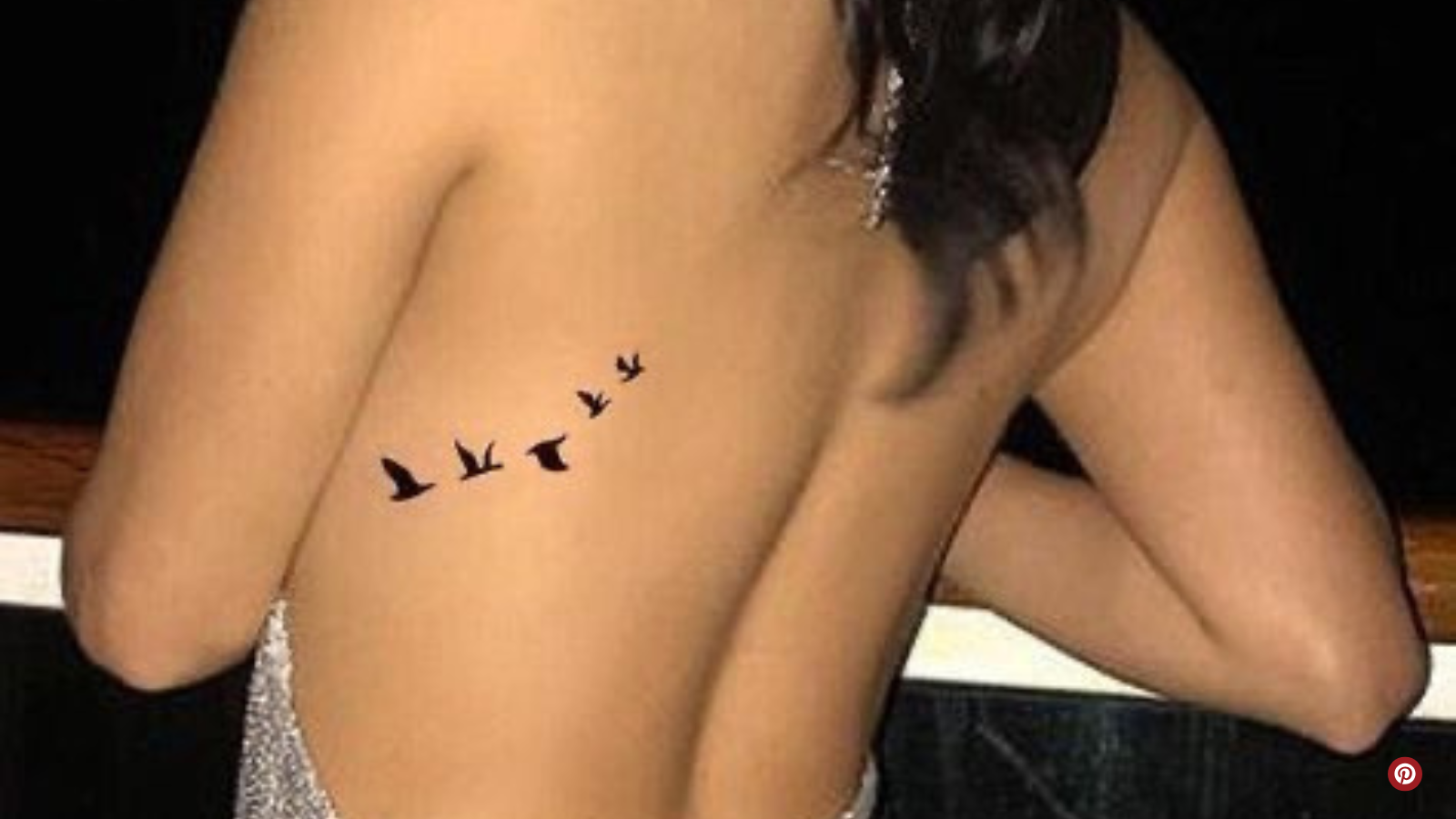A Guide to Understanding Curl Types and Texture
Curly hair is a beautiful and diverse texture that can add volume, definition, and unique charm to a person’s appearance. However, the term “curly hair” can be somewhat misleading, as it encompasses a wide range of curl patterns, textures, and characteristics. In this blog post, we’ll delve into what is considered curly hair, explore the different curl types, and provide tips for understanding and embracing your own curly locks.
What is Curly Hair?
Curly hair is characterised by its natural texture, which is often defined by its shape, pattern, and movement. Curly hair can be loose and wavy, tight and kinky, or somewhere in between. The key defining feature of curly hair is its tendency to form an “S” shape or a spiral pattern when it dries.
Curl Types: A Guide
There are several different curl types, each with its own unique characteristics. Here are some of the most common curl types:
- Type 2: Wavy Hair: Wavy hair has a loose, relaxed texture with a gentle “S” shape. It often requires minimal styling products and can be easily straightened or curled.
- Type 3: Curly Hair: Curly hair has a defined “S” shape with more texture and volume than wavy hair. It may require some styling products to enhance definition and reduce frizz.
- Type 4: Kinky Hair: Kinky hair has a tight, zig-zag pattern with little to no definition. It often requires specialized care and products to prevent breakage and enhance moisture.
- Type 4a: Kinky-Tight Hair: Kinky-tight hair has an extremely tight zig-zag pattern with little to no definition. It requires gentle handling and specialized care to prevent breakage.
Characteristics of Curly Hair
In addition to curl type, curly hair often exhibits other characteristics that set it apart from straight or wavy hair. Some common characteristics of curly hair include:
- Dryness: Curly hair tends to be dry due to its unique texture and structure.
- Frizz: Curly hair can be prone to frizz, especially in humid environments.
- Volume: Curly hair often has more volume than straight or wavy hair.
- Tangling: Curly hair can be prone to tangling and knotting due to its textured nature.
Tips for Understanding Your Curly Hair
If you have curly hair, here are some tips for understanding your unique texture and how to care for it:
- Use the right products: Look for products that are designed for your curl type and texture.
- Use gentle styling techniques: Avoid using heat styling tools or harsh chemicals that can damage your curls.
- Embrace your natural texture: Don’t try to fight your curls – instead, learn to love and work with them.
- Moisturise regularly: Use a hydrating shampoo and conditioner, and consider using a leave-in conditioner or mask to keep your curls moisturised.
Conclusion
Curly hair is a beautiful and unique texture that requires special care and attention. By understanding your curl type, characteristics, and needs, you can learn to love and care for your curls. Remember to use gentle products, avoid heat styling tools, and embrace your natural texture – with these tips, you’ll be on your way to healthy, happy curls!







